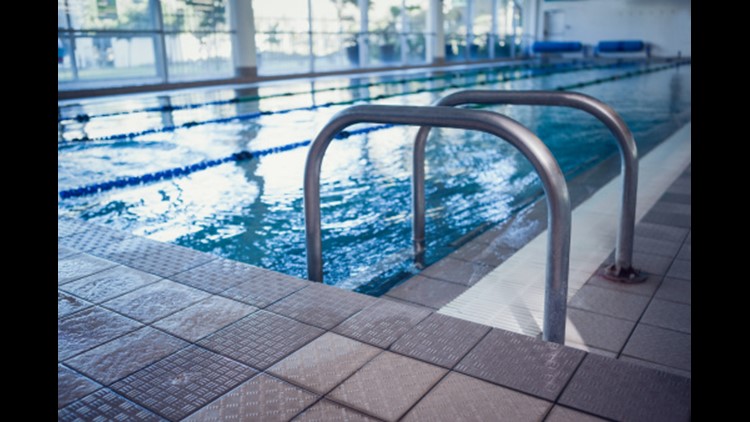Drowning usually happens quickly and quietly.
It is the fifth leading cause of unintentional injury death in the U.S., and about one in five people who die of drowning are children 14 and younger, the CDC reports. Black children are the most at risk, according to a 2014 report.
As families flock to pools and beaches this season, safety experts caution parents to be aware and watchful of their children. It's not easy to spot a child in need. Just take a look at spotthedrowningchild.com.
Stephanie Shook, senior manager instructor for Engagement & Quality Assurance for the American Red Cross, said it's easy for parents and supervisors to be distracted.
"Swimming is a really fun, healthy activity, but the deal is is that it takes place in a body of water that could take your life," she said. In the time it takes to post to Facebook, a person could miss a drowning.
Shook shared these signs of active drowning, when a person only has seconds before dying:
Silence. A child who is hyperventilating won't be screaming for help. They will be gasping for breath. Shook said to look at children's faces for panic or concern.
Head tilted back: Instinctively, the child will be trying to keep airways clear of water. While their body might be in a vertical position, water might be covering most of their face.
Arms moving downward: "They are trying to get a hold of something that’s not there," Shook said. She described this movement like someone pushing up off a desk as they stand up from a chair.
Floating face-down: Shook said if someone's body is horizontal and face-down for 30 seconds or more, be concerned. Don't mistake it for purposeful floating.
Also, keep an eye on kids jumping into the water. What Shook calls "plunge-downers" could cause the quickest drownings. This is when someone jumps into the water and doesn't come back up. That could be a child who might not know how to swim or even someone who can swim but hit an object going down. In these cases, drowning could happen immediately.
These are the distress signs to look for (moments before an active drowning):
Wall-crawling: A child clinging to a wall, floatation device or pool line usually is too tired to swim or can't swim at all.
Isolated: Any time somebody is alone in the water, especially a child, beyond arms-reach of an adult, there's a problem, Shook said. This can be especially disconcerting if the child is wearing water wings or a lifejacket, a signal they can't swim.
Bobbing or treading water: If someone is moving, but making no progress, they could be in trouble. Shook said even if someone is a good swimmer, they might have drifted out too far, become tired or gotten a cramp.
If it's clear someone is drowning or in distress, scream for a lifeguard and take action, rescue the person without putting yourself in danger. People unsure of their swimming abilities or the situation (think: ocean current) shouldn't go in after the child, because that could put another life at risk. But, Shook said they could toss the victim a floatation device. The key is to get the drowning person help immediately, because they might only be a few seconds away from death.
Prevent water emergencies by making sure all family members know how to swim and the five steps of water competency. Find age-appropriate Red Cross swim lessons at redcross.org/takeaclass. When on vacation, Shook recommends adults take turns being the designated "water watcher," looking out for those swimming. Visit redcross.org for more water safety tips.
Follow Ashley May on Twitter: @AshleyMayTweets



